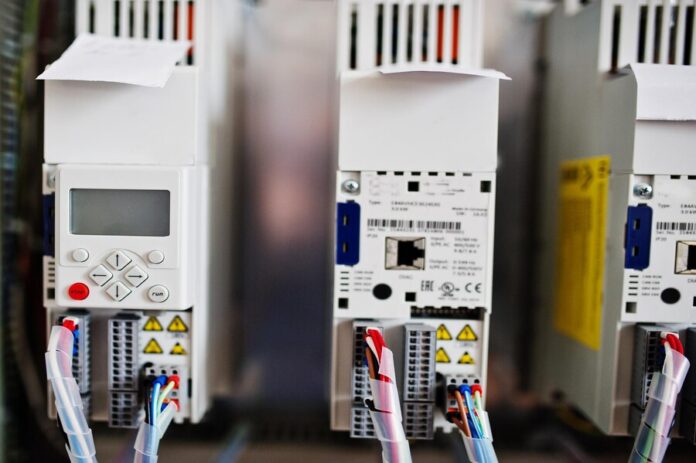Introduction
The realm of high voltage DC contactors has seen a remarkable evolution, driven by the relentless pursuit of efficiency, safety, and reliability in diverse industries. From the early days of electromechanical switches to the cutting-edge advancements in solid-state technology, this article delves into the journey of high voltage DC contactors, exploring their innovations, applications, and future prospects.
History of High Voltage DC Contactors
The inception of high voltage DC contactors traces back to the pioneering efforts of electrical engineers in the late 19th and early 20th centuries. With the advent of DC power systems in various industrial and transportation sectors, the need for reliable switching devices became imperative. Early electromechanical contactors served this purpose, employing simple yet effective mechanisms to control the flow of high voltage DC currents.
Advancements in Solid-State Technology
The advent of solid-state technology revolutionized the landscape of high voltage DC contactors, offering enhanced performance, compactness, and durability. Semiconductor-based contactors, such as thyristors and insulated gate bipolar transistors (IGBTs), emerged as formidable alternatives to traditional electromechanical switches. These solid-state devices provided faster switching speeds, reduced power losses, and improved controllability, catering to the evolving demands of modern power systems.
Applications in Renewable Energy Systems
The proliferation of renewable energy sources, such as solar and wind, has spurred the demand for high voltage DC contactors in power conversion and distribution systems. These contactors play a crucial role in facilitating the efficient transfer of DC power generated by renewable sources to the grid or energy storage systems. By enabling seamless switching and isolation of DC circuits, they contribute to optimizing the performance and reliability of renewable energy installations.
Integration in Electric Vehicles
The electrification of transportation has propelled the adoption of high voltage DC contactors in electric and hybrid vehicles. These contactors serve as key components in the vehicle’s powertrain and battery management systems, enabling precise control of high voltage DC currents during charging, discharging, and propulsion. With the automotive industry embracing electrification as a sustainable solution, the demand for compact, high-performance contactors continues to surge.
Challenges and Future Trends
Despite their numerous benefits, leading high voltage dc contactor face challenges related to thermal management, reliability, and cost-effectiveness. Addressing these challenges requires ongoing research and development efforts aimed at optimizing materials, designs, and manufacturing processes. Moreover, the integration of advanced technologies, such as wide-bandgap semiconductors and intelligent control algorithms, holds the promise of further enhancing the performance and efficiency of DC contactors in the future.
Conclusion
In conclusion, the evolution of quality energy storage connector embodies the relentless pursuit of innovation and efficiency in various industries, from renewable energy systems to electric vehicles. As technology continues to advance, these vital components will play an increasingly pivotal role in enabling the seamless integration and management of high voltage DC power. By addressing challenges and embracing emerging trends, the future of high voltage DC contactors appears poised for continued growth and innovation.


